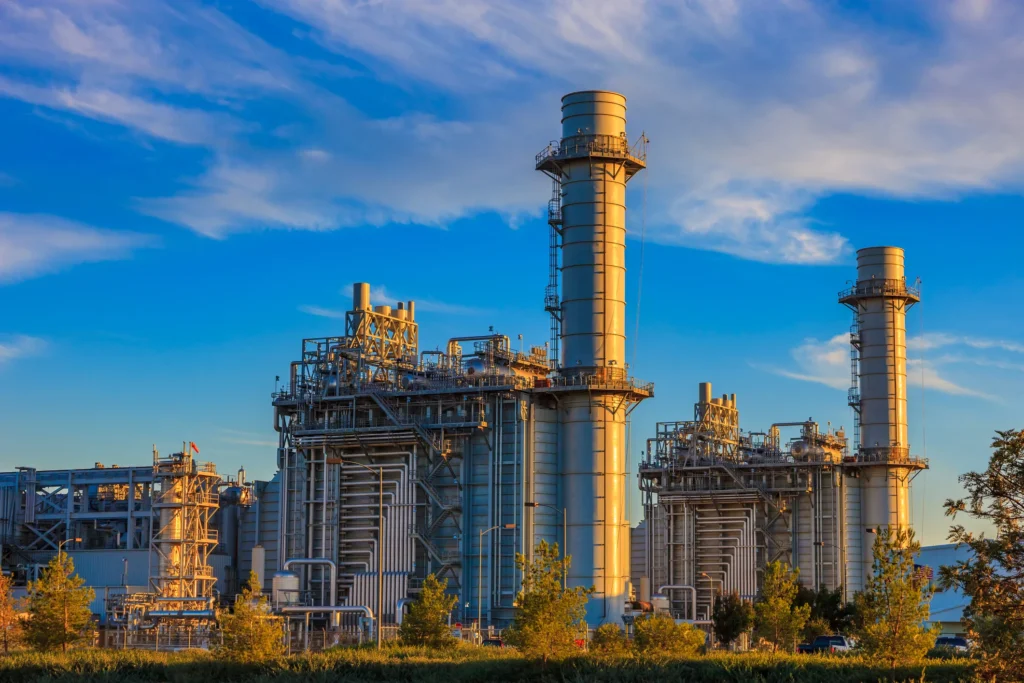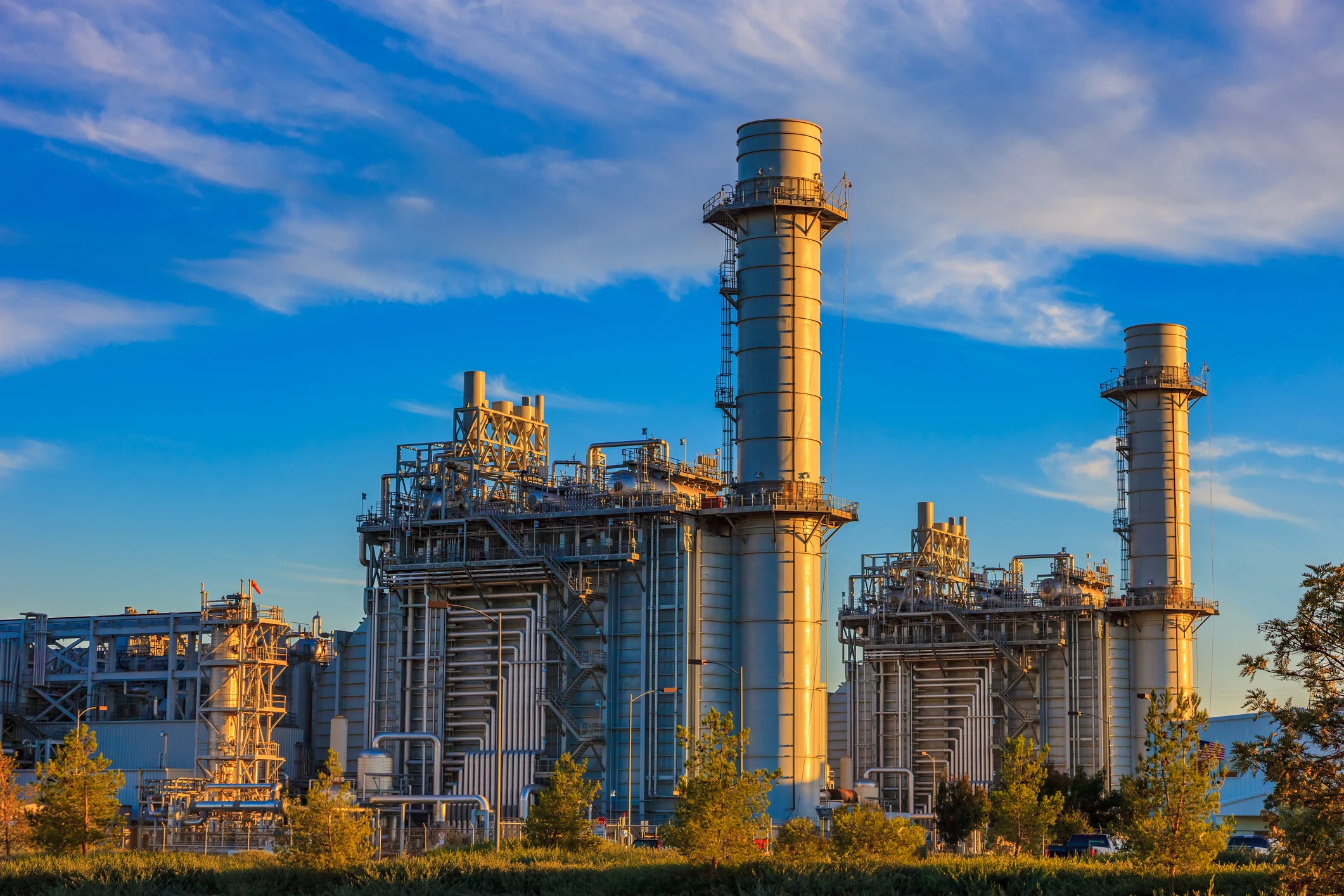
The price of natural gas produced from difficult areas, such as the deep-sea KG-D6 block operated by Reliance Industries, has been reduced by a significant 18%. This price adjustment aligns with the softening of international benchmark gas prices. However, the price of gas predominantly used for producing Compressed Natural Gas (CNG) for automobiles and piped natural gas (PNG) for household kitchens remains unchanged. This stability is due to a price cap set at 30% less than market rates, including those paid to Reliance.
Starting October 1 for a six-month period, the price of gas from deep-sea and high-pressure, high-temperature (HPHT) areas will stand at USD 9.96 per million British thermal unit (mmBtu), down from USD 12.12, according to the Petroleum Planning and Analysis Cell (PPAC) of the oil ministry.
India periodically fixes the prices of domestically-produced natural gas, which is utilized for various purposes, including CNG for automobiles, cooking gas for households, electricity generation, and fertilizer production. The pricing structure differentiates between gas from legacy fields operated by national oil companies and gas from challenging or newer fields, such as deep-sea reserves. These rates are typically adjusted on April 1 and October 1 each year.
Legacy field rates were recently modified, indexed to 10% of the prevailing Brent crude oil price, with a capped rate of USD 6.5 per mmBtu. While international crude oil prices have been high, these caps have limited consumer price increases.
The price of gas from challenging fields continues to be determined by an older formula that considers a one-year average of international liquefied natural gas (LNG) prices and rates at global gas hubs. Due to lower international prices in the reference period of July 2022 to June 2023, prices for challenging fields have decreased.
This pricing adjustment balances the interests of producers and consumers, especially CNG users, households using piped cooking gas, and fertilizer plants grappling with rising input costs. India’s goal is to become a gas-based economy, with natural gas expected to constitute 15% of the primary energy mix by 2030, up from the current level of approximately 6.3%.
![]()




